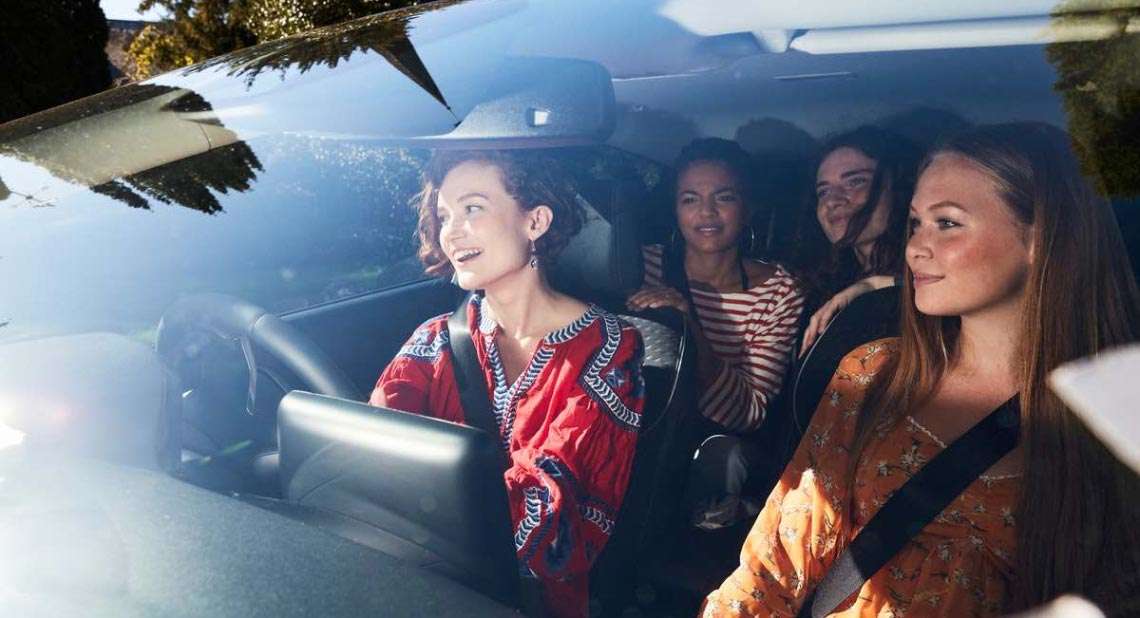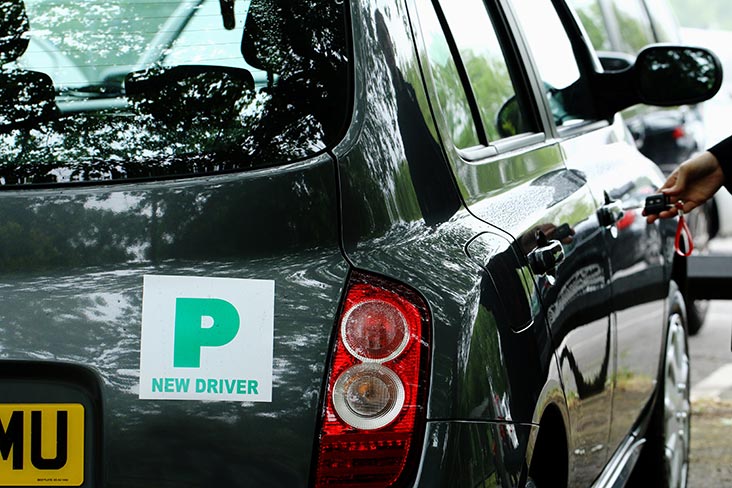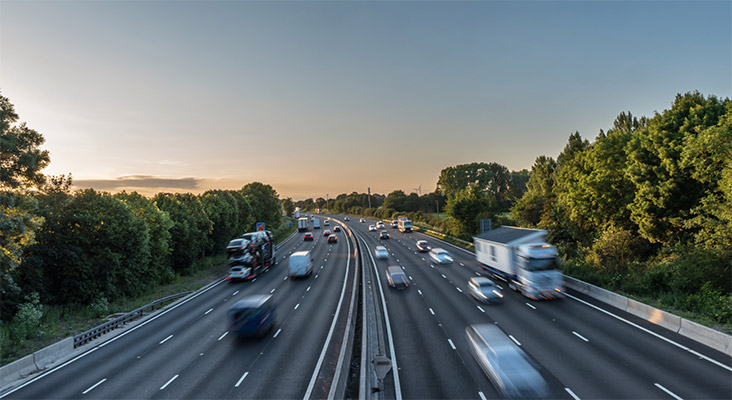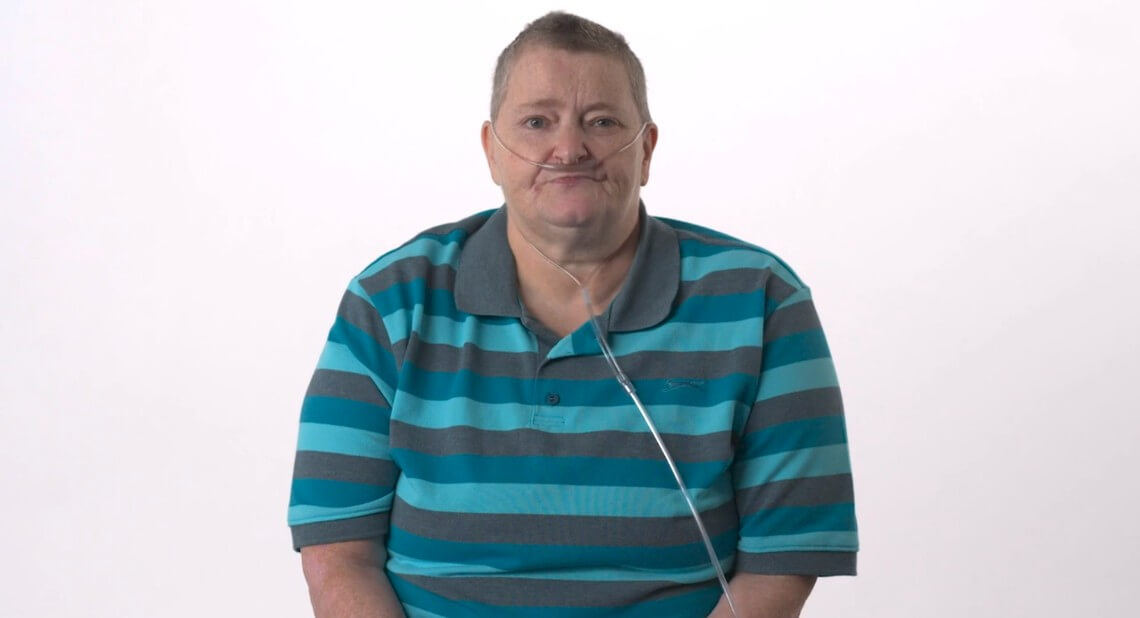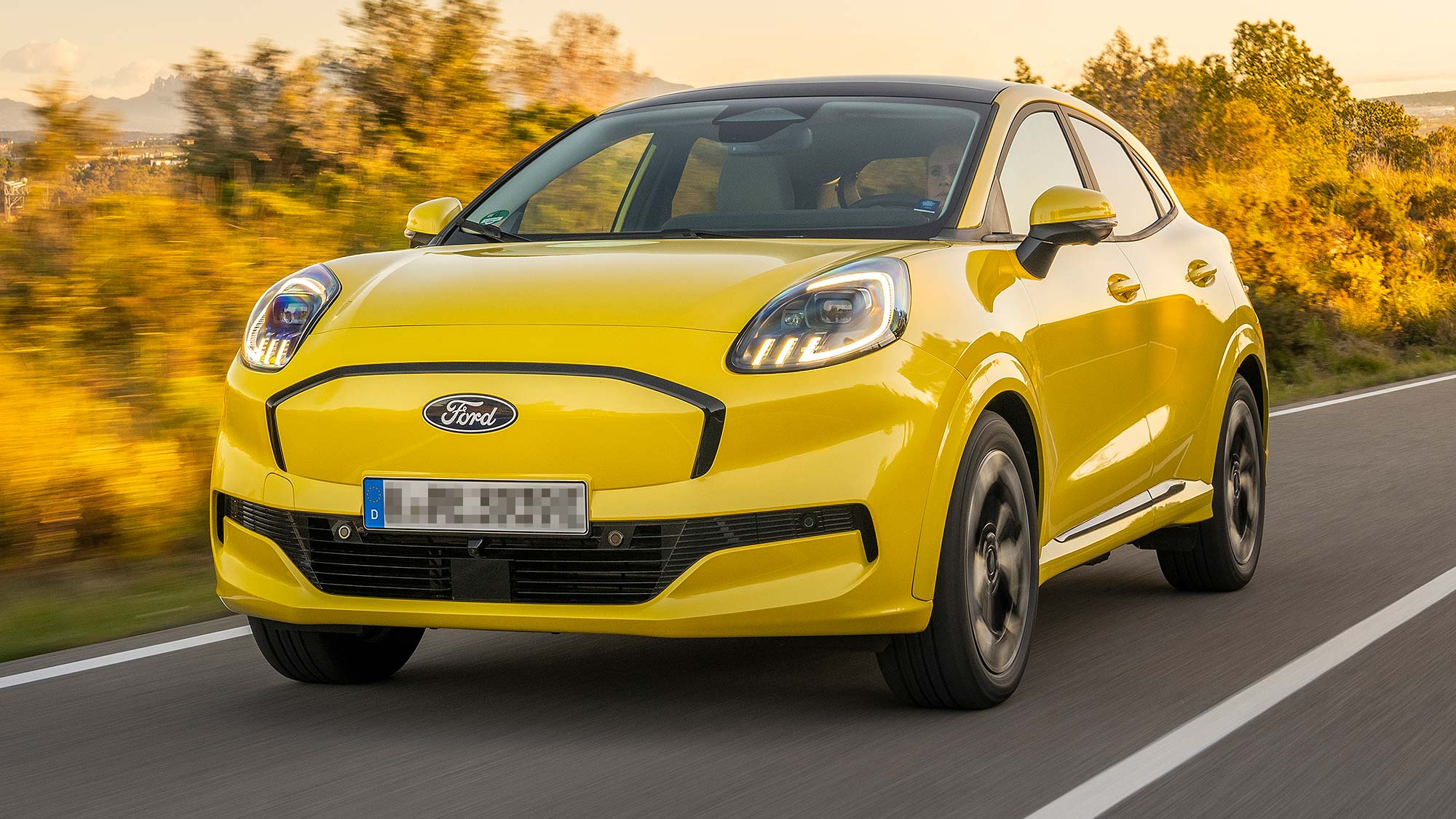We all continue to pick up new skills years and years after learning to drive, but if you or someone you know are new to driving on four wheels, these tips might give you some fresh information and guidance for making sure you’re as safe and smart as possible on the road.
P plates
‘Probationary’ P plates are like L-plates, except they show a green ‘P’ in place of a red letter ‘L’. They tell other drivers that, although you have passed your test, you are new to motoring and that a bit of extra consideration would be appreciated. Much like L plates, it means that other drivers are more likely to be patient and be more understanding if you’re a little hesitant on the road.
P plates are optional in England, Scotland and Wales, but the government is thinking about making them obligatory. This is because they do the trick. So, if you want to feel less pressured as a new driver, it is worth buying one of these to stick on your car. If you’re from Northern Ireland, you don’t have to worry about this because new drivers have to display restricted driver plates (R plates) for 12 months after passing their driving test.
P plates aren’t compulsory but they’re a way to alert other drivers that they should be extra patient
Pass Plus
Pass Plus is a course designed for new motorists, which helps to add to your new driving abilities. The training involves how to anticipate and handle hazards and will help you become more self-assured behind the wheel.
Pass Plus is a one-day course and consists of practical elements, which comprise the following motoring situations:
- In a city
- On rural roads
- In all weather
- At night
- On dual carriageways
- On motorways
The great news is that you don’t have an exam after the training, but you are appraised throughout the day so you know which skills you should continue to work on.
Motorways
One of the main anxieties for any new motorist is driving on the motorway. Although they can be intimidating, motorways are relatively safe. This is because there are no pedestrians, cyclists or agricultural vehicles on them. What’s more, all the traffic is flowing in the same direction.
With the recent changes to driving tests, learner drivers can go on motorways. Having lessons that include motorway driving might seem scary so early in your motoring journey, but if you’re still learning, it’s a great way of gaining confidence.
Entering a motorway from a slip road can be the most overwhelming bit of all. Ensure you speed up, so when you merge with the traffic, you are travelling as quickly as everyone else. Put your indicator light on to show your intentions, and vehicles already on the motorway should then move to the outer lanes to give you more space. However, be aware that sometimes other motorists can’t move over if the traffic is heavy.
Driving on the motorway can be nerve-wrecking but practice makes perfect
Once you’ve joined the motorway safely, keep in the left-hand (inside) lane until you get used to the pace of the traffic. If you feel you need to overtake, you must always return to the left-hand lane as soon as it is clear to do so. Don’t use the overtaking lanes on motorways for standard driving if there is space on the left-hand (inside) lane.
Be mindful that it is easy to drive too quickly once you get back on regular roads again until you re-adjust to the new slower speeds. So be certain to watch your speed in this situation.
Penalties
If you receive six penalty points for speeding or dangerous driving in the first couple of years after passing your test, your licence will be automatically withdrawn. You will then need to go through the whole process of applying for your driving licence as a learner again. Furthermore, you will be required to re-do your theory and driving exams again.
Top tips to take away
Here are some key points for you to remember when you get behind the wheel of a car without your L-plates.
- Invest in ‘Probationary’ P-plates
- Consider a Pass Plus course
- Keep in the inside lane of a motorway until you get used to the pace of traffic
- Get some extra practice on motorways with a friend or family member to build confidence
- When overtaking on a motorway, always return to the left-hand lane when clear
- Avoid overtaking lanes on motorways if there is space on the inside lane
- Always drive at the local speed limit
- All drivers carry on learning even after they pass their driving test—it’s just the start of your motoring journey!
How the Motability Scheme can help
The Motability Scheme allows you to exchange your mobility allowance to lease a car, mobility scooter or powered wheelchair, whether it’s for you or for helping a person you care for who is unable to get around by themselves. Find out if you can join by using our eligibility checker or order a free information pack to find out more.
Related articles
Learner drivers on motorways: top tips for motorway driving
Kwik Fit’s top tips for looking after your tyres
![]()
